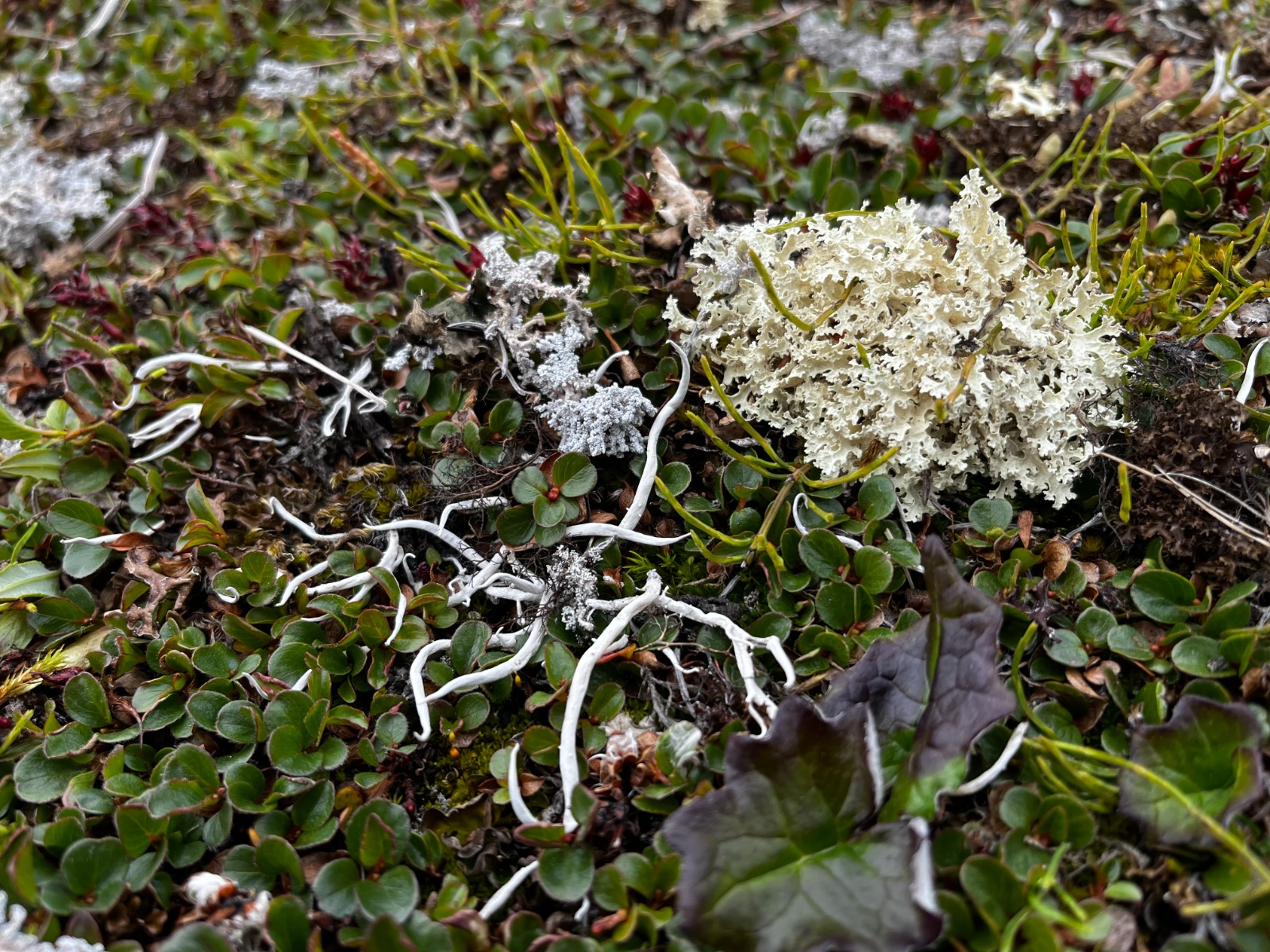Most of the text for this section was written by the lead PI for the project, A. Elizabeth (Betsy) Arnold.
Symbioses are an underlying feature of life, found across all major biomes and throughout the branches of life. Symbioses shape the organismal phenotypes on which selection acts, which in turn influences the very form and function of said organisms. Extreme environments in particular contain persistent examples of symbioses, as they are often the evolutionary products of strong selection and unique, endemic organisms. However, when extreme environments experience pervasive change, the resulting shifts in symbiotic associations allows researchers to observe changes in understudied groups of symbiotic organisms. Such shifts may lead to better understandings of novel biodiversity, organismal range parameters, community drivers, and other factors and biological affiliations that ultimately influence ecosystemic functions. Here we propose to examine the biodiversity, composition, and distributions of symbiotic organisms in one of earth’s most drastically changing extreme environments, the terrestrial Arctic (Fig. 1). We focus on fungal endophytes, the hyperdiverse but little-known fungi that occur within healthy plants and lichens and influence host resilience to stress.

Common lichens (Flavocetraria nivalis, Stereocaulon sp., and Thamnolia vermicularis) of Alaskan tundra, near Utkiagvik, AK, 31 July 2022 (photo credit: Betsy Arnold)